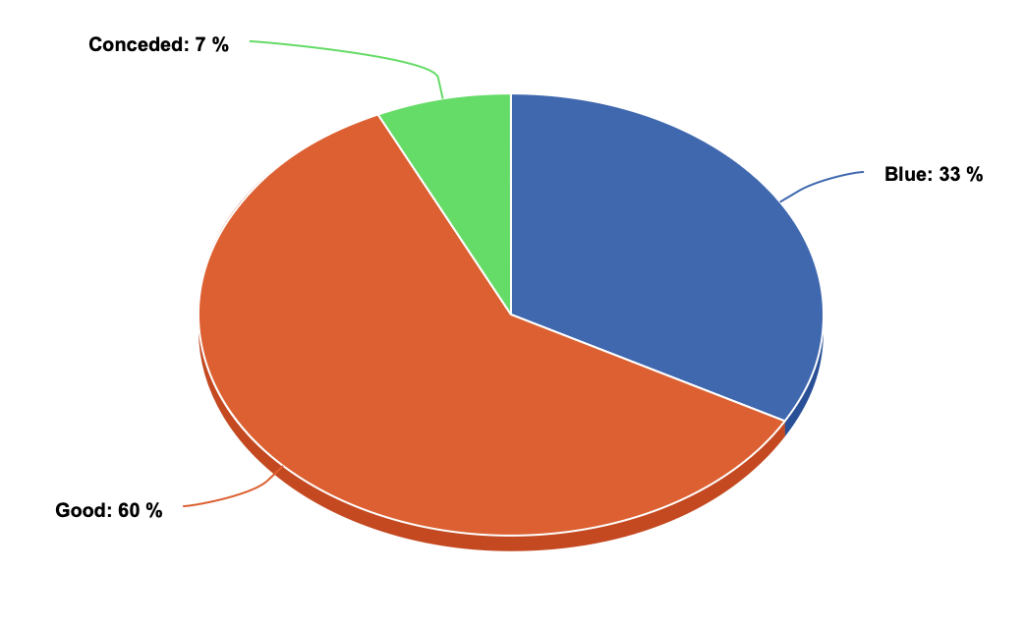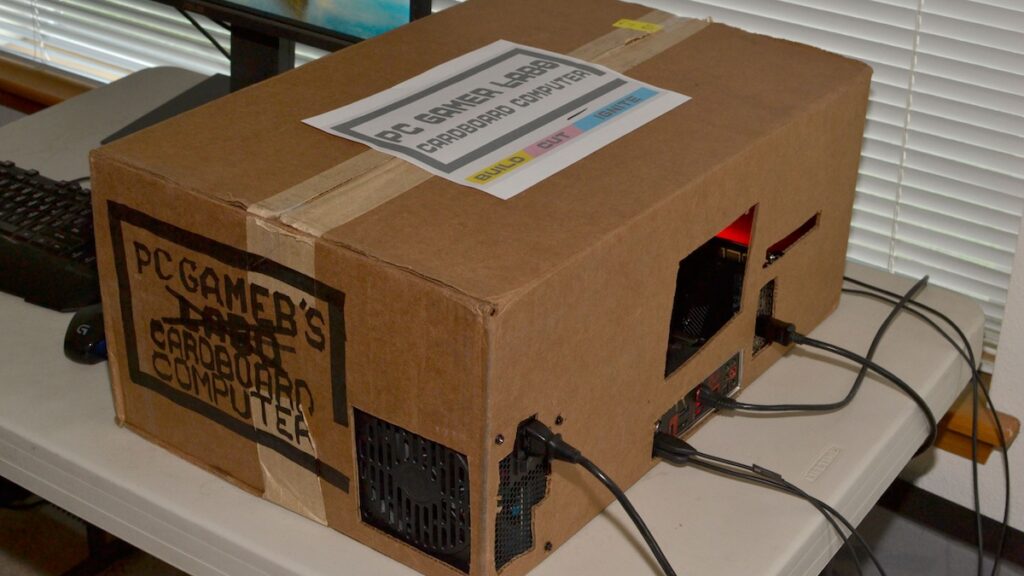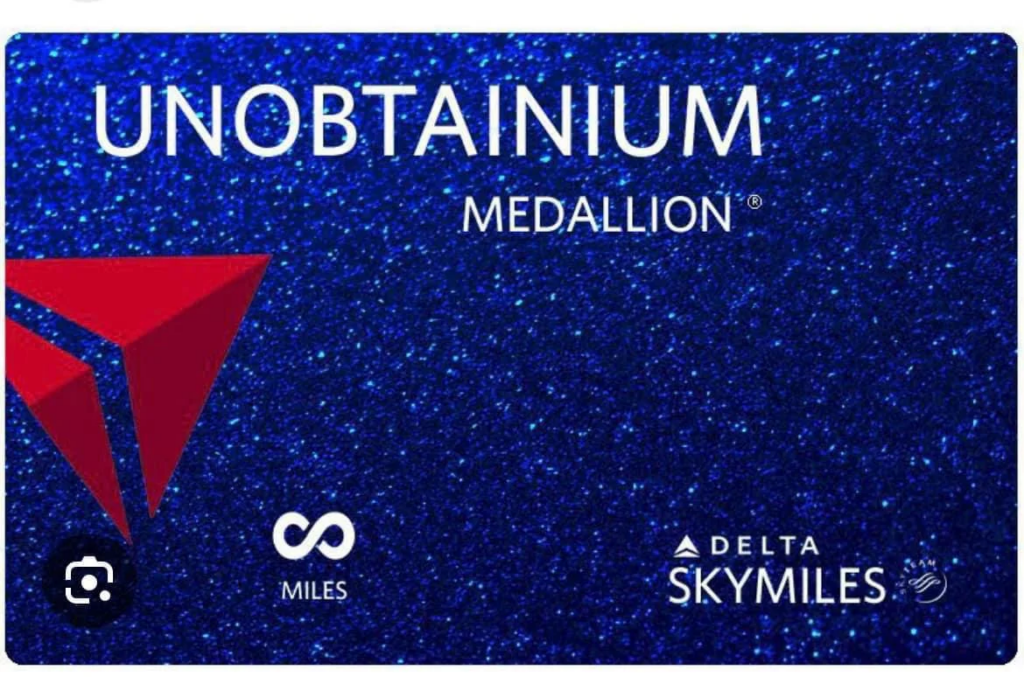The Game
One of the most easily explainable and most accessible manufactured spend techniques is to prepay your taxes with a rewards card and get a refund for your prepayments as a check or ACH deposit after filing your return. Since today is tax day, that means that today’s your last day to make that work easily for your 2024 return and have still have a short window until your overpayment refund posts.
A few easy ways to do that along with limits per return:
- Pay1040: 1.75% cost for most cards [2x]
- ACI Payments: 1.85% cost for most cards [2x]
- Plastiq: 2.9% + $1.49 [∞x, depending on Kirkland and Brooklyn’s moods]
- Melio: 2.9% [∞x, but only for business payments]
If you see a higher transaction fee on Pay1040 or ACI using a business card, use PayPal for a reduced fee structure. Note that Plastiq and Melio payments take a few days to post to your tax account.
What Could Possibly Go Wrong?
Generally nothing goes wrong, but there have been rare reported instances in the past of the IRS holding funds for overpayment refunds. These seem to be related to big scale that triggers an internal fraud warning. In the worst case, a whale once needed to get an IRS Taxpayer Advocate to help shake funds loose.
There also seems to be a periodic bug with American Express instant card numbers and tax payments not counting toward minimum spend without opening a case with American Express support. But I wouldn’t let that stop me from getting a new card and knocking out the spend in a single day.
Legal Crap
Obviously, I’m not a tax professional and I’m definitely not your tax professional, so don’t trust anything I say about any topic, ever.
Good luck!

Last week’s edition of “What could possibly go wrong?”






